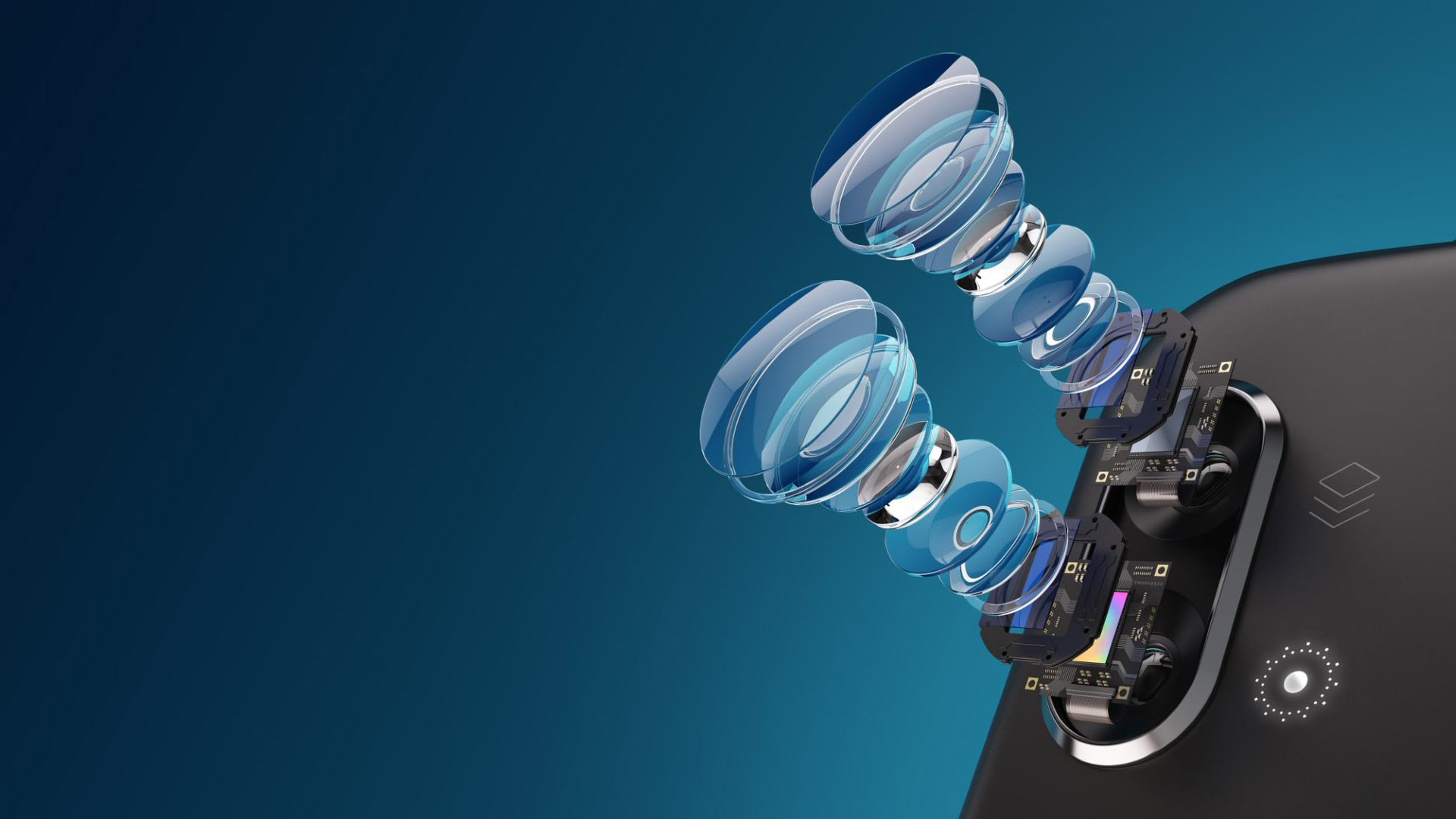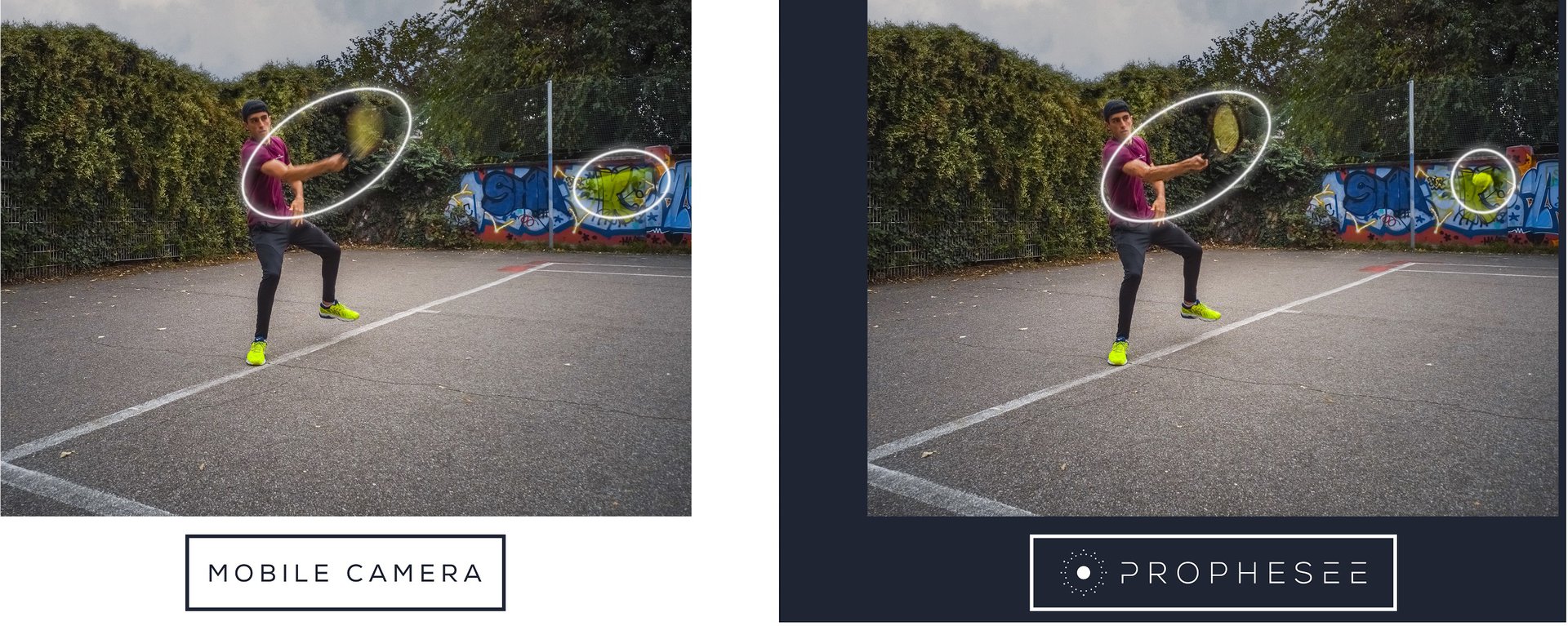Affiliate links on Android Authority may earn us a commission. Learn more.
Say sayonara to blurry photos thanks to this sharp camera tech

Motion blur is the curse of even the best smartphone cameras, but not for long. At MWC 2023, sensor designer Prophesee partnered with Qualcomm to bring its “event-based” Metavision technology to Snapdragon platforms and, therefore, future smartphones. Farewell, blurry pet photos, unusable sports action shots, and smudged low-light snaps.
Prophesee’s journey began with custom image sensor hardware designed specially to track motion within a scene, and that’s the key to what makes Metavision so promising. The technology doesn’t capture images like a traditional image sensor, instead calculating the direction and amount of motion to produce a map of moving pixels. This is accomplished by tracking when a pixel changes rather than capturing a full image frame-by-frame like a traditional camera.
While this has useful applications as is, particularly for computer vision, Prophesee pairs this data with a traditional camera image sensor for mobile applications. The company has previously partnered with Sony to integrate two IMX mobile sensors for use with a Metavision sensor, while the new partnership with Qualcomm provides the necessary processing platform.

Working with Qualcomm now allows Snapdragon platforms, such as the 8 Gen 1 we saw running the demo, to plug into Prophesee’s event-based sensor setup to read the necessary data. Images are then corrected for motion blur using Snapdragon’s AI/DSP processing capabilities before feeding a Bayer image back into the ISP to apply traditional color correction. That all sounds complicated, but the result is a blur-free snap, and, based on what we saw in real time, it works exactly as well as the image above.
There are some limitations to Prophesee’s early implementation, however. A single event-based Metavision sensor can only work with one perfectly matched focal length RGB camera at the moment. This is due to pixel count limitations, so that rules out correcting main, ultrawide, and telephoto lenses with a single event-based sensor, at least in the near future. The current sensor supports a maximum resolution of 12MP (after binning). That’s plenty for virtually all of today’s phone sensors, but, unfortunately, it does mean we won’t yet see the same benefits on larger resolution snaps.
Still, that doesn’t negate the promise of blur-free snaps and potentially more use cases that Prophesee hopes to unlock in the future. A development kit featuring compatibility with Prophesee sensor technologies is expected to be available this year. The company is in talks with OEMs too, but we’ll have to sit tight for any smartphones sporting event-based blur correction.